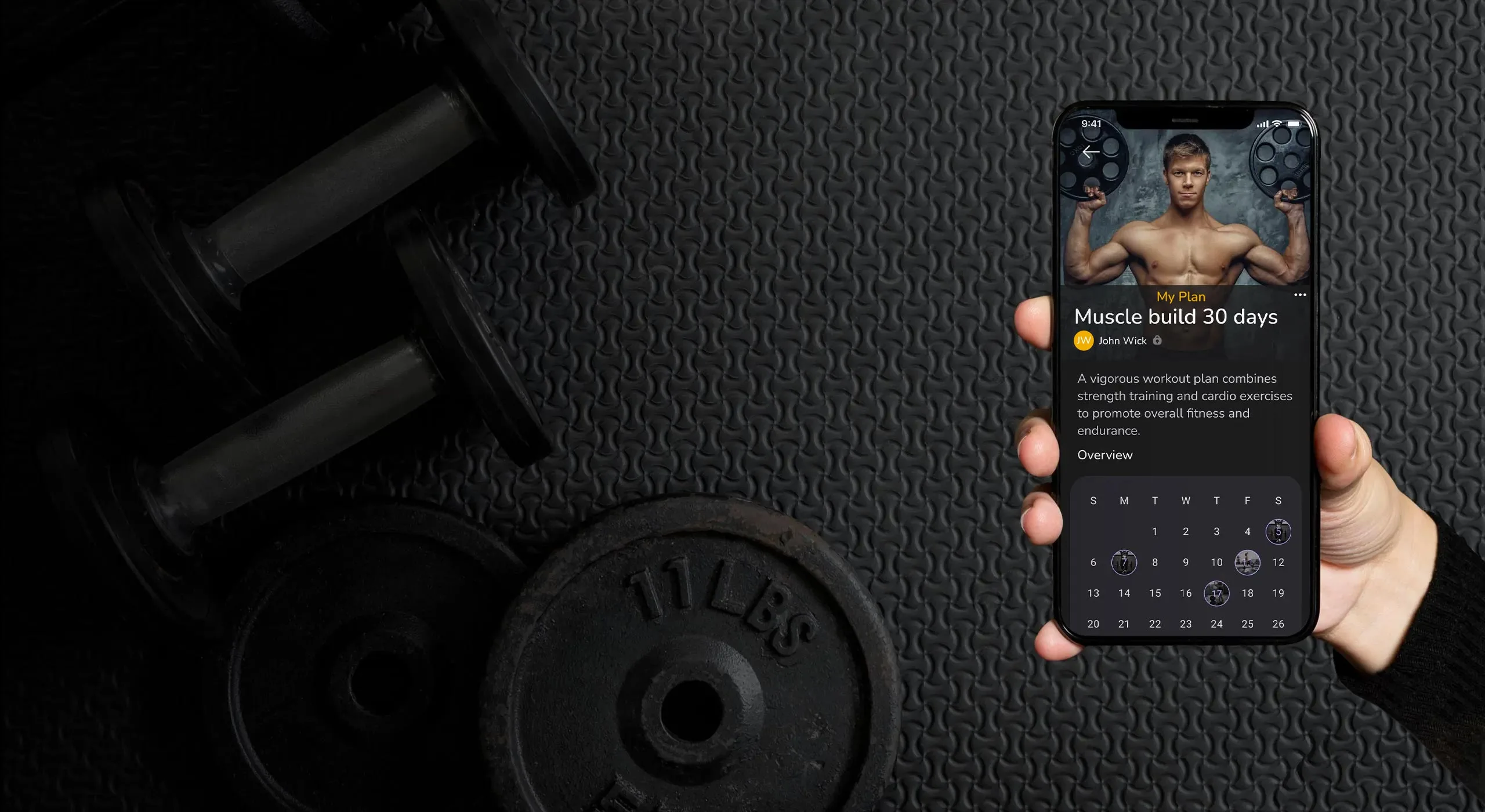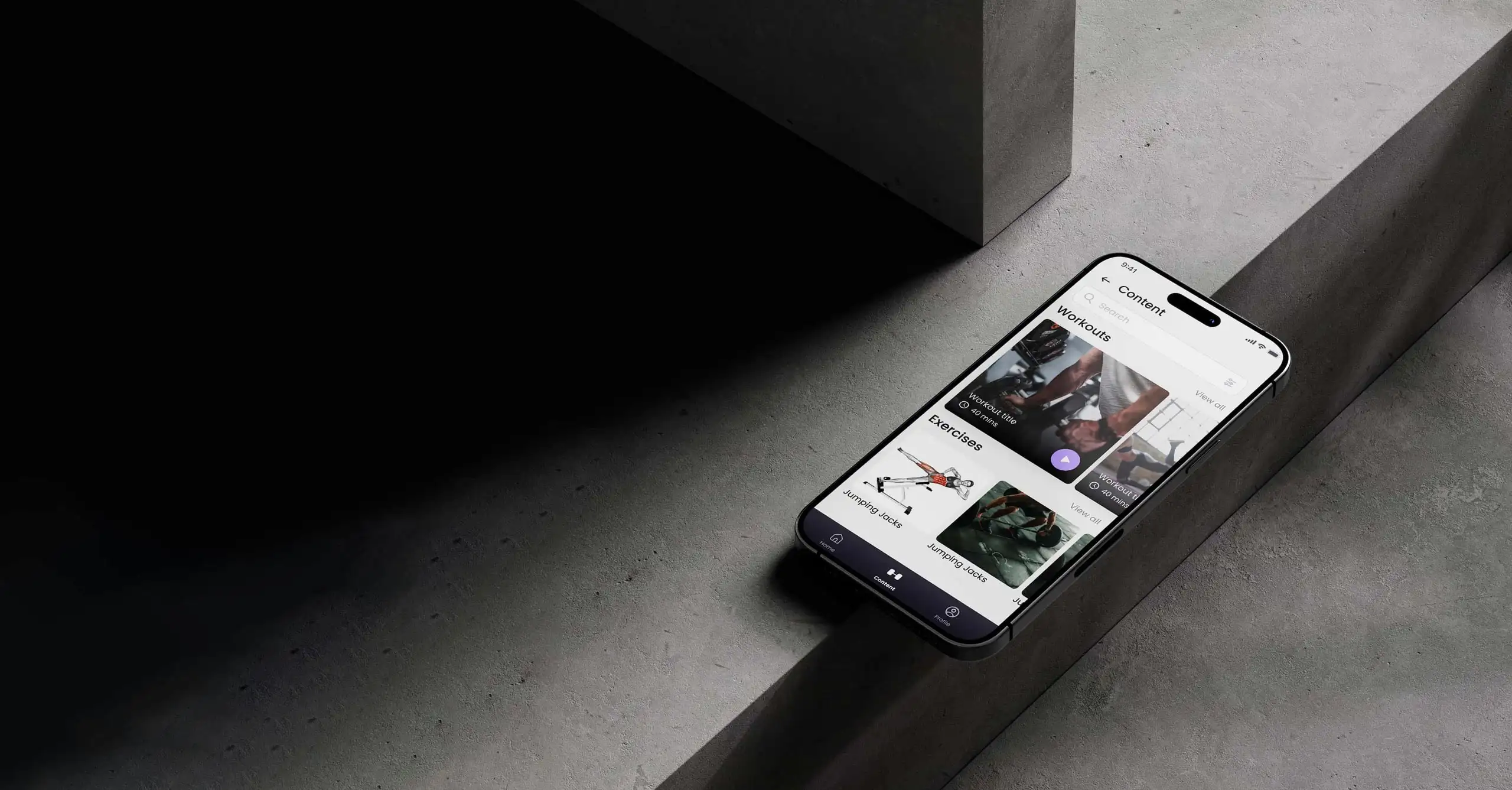The project
Fitness has become an essential part of everyday life, with more people than ever prioritizing health and wellness. In today’s fast-paced world, staying active isn’t just about hitting the gym—it’s about finding solutions that fit seamlessly into busy schedules. As fitness trends evolve, so does the role of technology.
Read more to learn how we developed a fitness app that makes staying on track easier than ever.
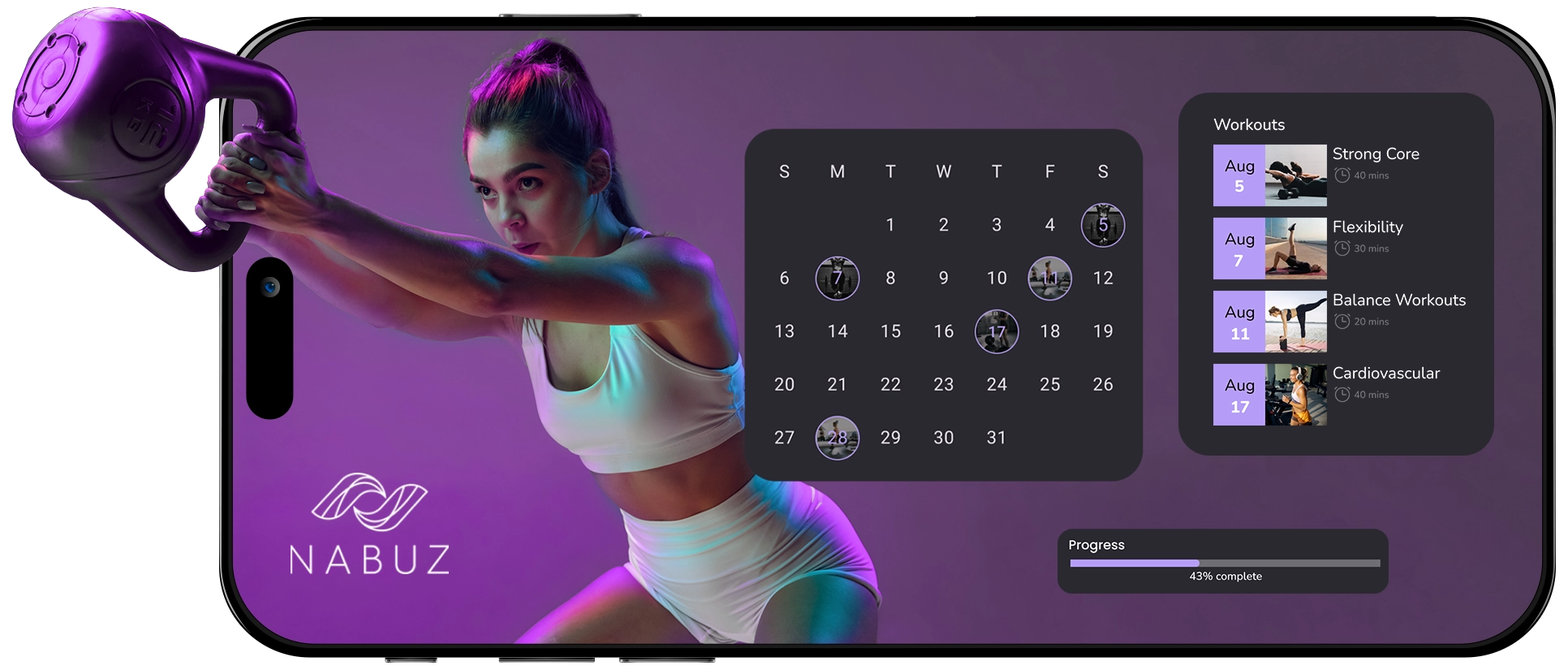
Overview
When we started working on Nabuz, we saw the clear vision of the founders: an app that makes managing fitness easy, keeping you on track with your goals with 0 effort – well, besides the effort of working out.
To bring this vision to life, we chose React Native, a powerful cross-platform technology, enabling us to deliver a consistent experience across devices while maximizing market reach. Our approach focused on a user-first design philosophy, ensuring the app was not only functional but also enjoyable to use.
While developing the features, we kept in close contact with the founders to ensure we’re going in the right direction and strategically plan for the future.
In the end, Nabuz is not “just another fitness app”, it’s a fitness app created with nothing else but love for fitness and the end user.
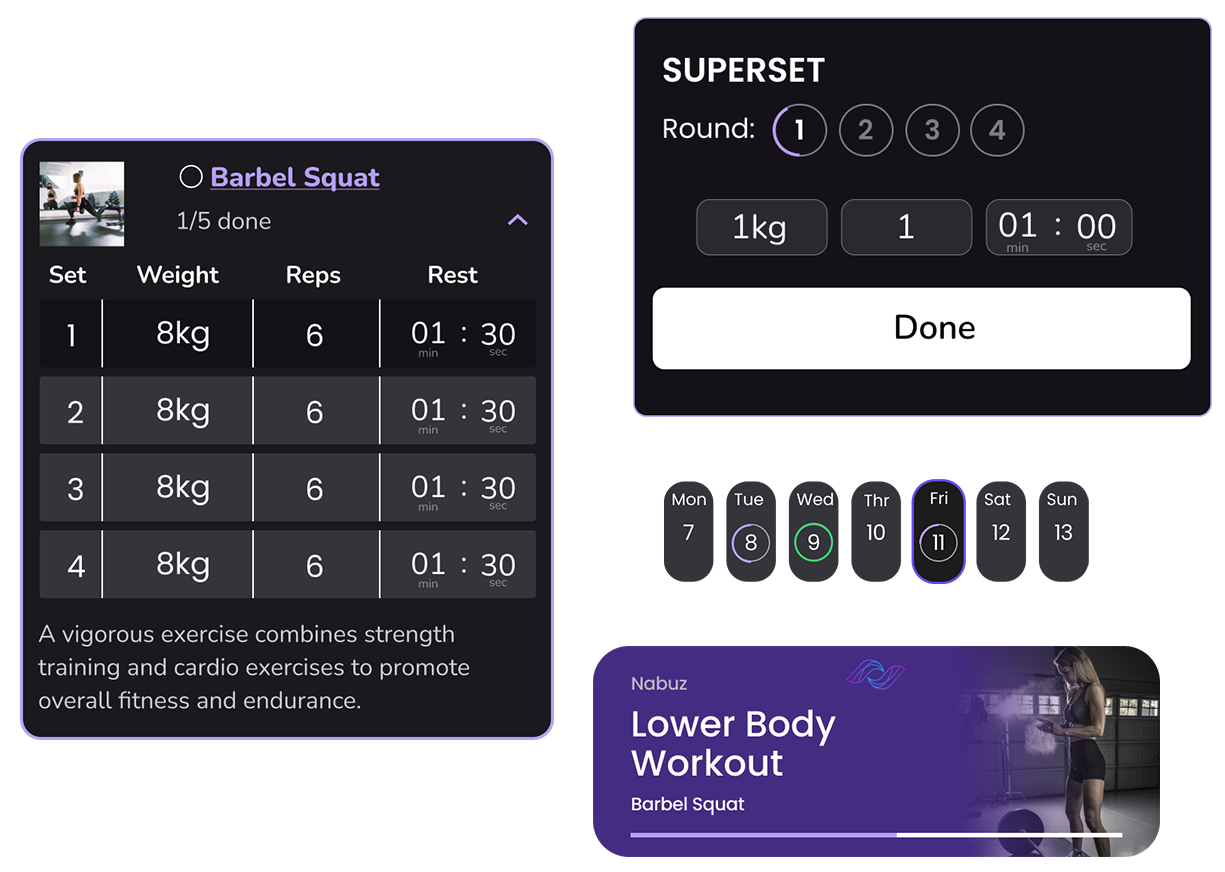
Design
The team behind Nabuz arrived with a designer and a clear vision for the app’s look and feel. Drawing on our experience, we collaborated closely to refine the design, offering insights and suggesting improvements to enhance usability. We also contributed to shaping the user experience for upcoming features, ensuring a seamless integration into the overall design.
Our primary focus was to balance complexity with simplicity, creating an interface that offered functionality without overwhelming the user. We designed with the gym environment in mind, where users have limited time and need quick, precise access to information.
To maximize value for the end user, we prioritized personalization and adaptability— after all, no two workouts are the same. This flexibility ensures that every user can tailor the app to their specific goals, making Nabuz a powerful companion for any fitness journey.
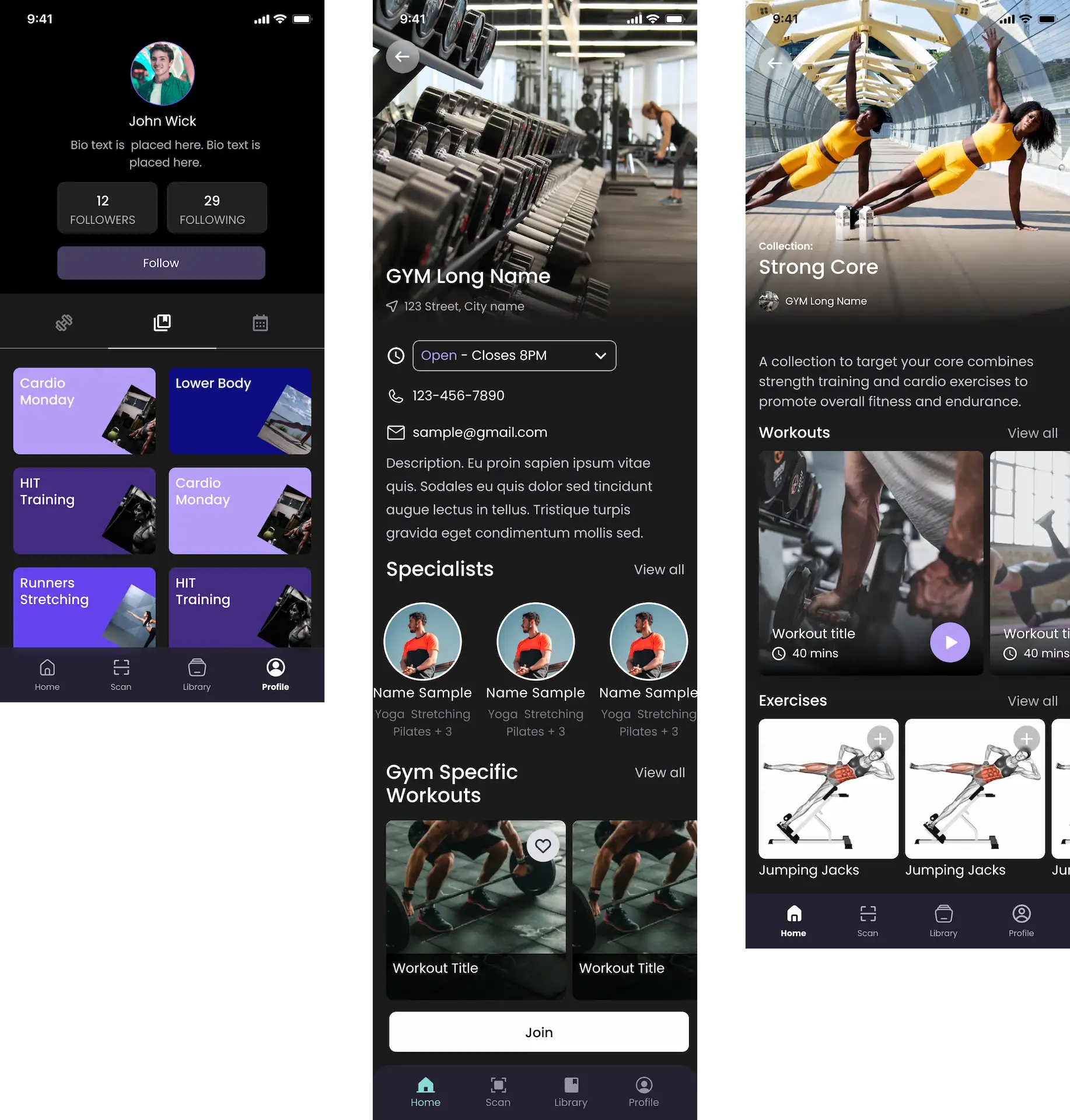
Development
We inherited an older infrastructure that required extensive refactoring and updates before it was ready to build upon. This was no challenge for us – we are experienced in diving into legacy code and transforming it into a modern, maintainable and scalable solution.
Once the initial refactoring was complete, we focused on adding new features, implementing redesigns and planning for future enhancements. Under our keen eye, Nabuz evolved significantly, not only as an app, but also as a business.
To power the app, we used React Native, a versatile framework that allowed us to develop a single codebase for both iOS and Android. This was sustained by a backend in Java, complete with an admin dashboard. By shipping incrementally, we watched Nabuz grow stronger and more robust with every release.
Results
In just six months of development, we successfully refactored the legacy code, modernized the app, and added eight new features. We also launched the app on both the App Store and Google Play, enabling the founders to scale their startup and reach a broader audience.
Today, Nabuz continues to grow, attracting more users across the Scandinavian region. As a close partner of eMotionStudios, the company remains on an upward trajectory, growing in the competitive fitness market.
